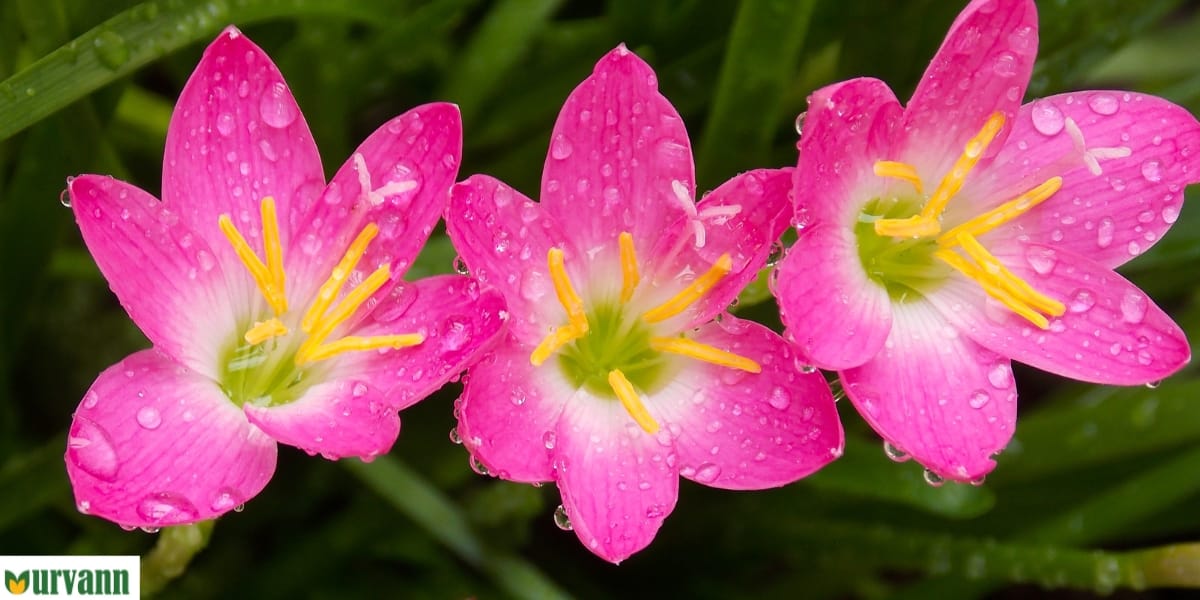Monsoon season relieves the scorching summer heat and rejuvenates the environment with fresh rain. However, this season can be challenging for your garden plants. Excessive moisture and fluctuating temperatures can create problems like root rot, fungal infections, and pest infestations. Follow these simple care tips to help your plants thrive during the rainy season. Whether you are a beginner gardener or an experienced green thumb, these tips will ensure your garden stays healthy and vibrant.
1. Ensure Proper Drainage
Importance of Good Drainage
One of the biggest challenges during the monsoon season is managing excess water. Plants can suffer from waterlogging, which leads to root rot—a condition where the roots are suffocated and start to decay due to the lack of oxygen. Ensuring proper drainage is crucial to prevent this.
Tips for Improving Drainage
- Use Well-Draining Soil
Opt for a soil mix that contains sand, perlite, or vermiculite. These materials help to improve soil aeration and drainage.
- Elevate Pots
If you use pots, ensure they have adequate drainage holes at the bottom. Elevate the pots slightly using pot feet or small bricks to allow excess water to drain away quickly.
- Avoid Overwatering
With frequent rains, you may only need to water your plants sometimes. Check the soil moisture before watering. Stick your finger about an inch into the soil; if it feels moist, water after 2-3 days.
.
2. Protect Plants from Pests and Diseases
Common Monsoon Pests and Diseases
The increased humidity and dampness during the monsoon create an ideal environment for pests and diseases. Common issues include fungal infections, aphids, snails, and mealy bugs.
Tips for Pest and Disease Control
- Regular Inspection
Keep a close eye on your plants for signs of pests or diseases. Early detection is critical to preventing the problem from spreading.
- Natural Remedies
Use natural pest control methods, such as neem oil, garlic spray, or soap water. These remedies are safe for your plants and the environment.
- Proper Spacing
Ensure there is enough space between plants to promote good air circulation. This helps to keep the foliage dry and reduces the risk of fungal infections.
- Remove Dead Material
Regularly remove dead leaves, flowers, and any debris around your plants. These can shelter pests and diseases.
- Use Organic Mulch
Mulch helps to retain moisture in the soil while preventing the growth of weeds. Use organic mulch like straw or dried leaves, but avoid piling it too close to the plant stems to prevent rot.
.
3. Prune and Trim Regularly
Why Pruning is Important
Pruning helps to maintain the shape and health of your plants. During the monsoon, plants tend to multiply, and without proper pruning, they can become overgrown and wild. Overgrown plants are more susceptible to pests and diseases.
Tips for Effective Pruning
- Remove Dead and Damaged Parts: Regularly cut away dead, damaged, or diseased branches and leaves. This encourages new growth and improves air circulation within the plant.
- Shape Your Plants: Trim your plants to maintain a desirable shape and size. This is particularly important for ornamental plants and shrubs.
- Time Your Pruning: The best time to prune is during dry periods when the weather is not too humid. This helps to reduce the risk of infections.
.
4. Provide Support for Climbing Plants
Importance of Support Structures
Climbing plants, such as vines and creepers, can benefit significantly from support structures, especially during the monsoon. The heavy rains and strong winds can cause these plants to become entangled and damaged.
Tips for Supporting Climbing Plants
- Use Sturdy Supports: Install trellises or other support structures to help your climbing plants grow vertically. Ensure these supports are sturdy enough to withstand heavy rain and wind.
- Tie Plants Gently: Secure the plants to the supports using soft ties or plant clips. Avoid tying them too tightly, as this can damage the stems.
- Regular Check: Regularly check the ties and supports to ensure they are still secure and not causing any damage to the plants.
- Prune Excess Growth: Trim any excessive or wayward growth to keep the plants neat and manageable. This also helps to reduce the weight on the support structures.
.
Conclusion
Caring for your garden plants during the monsoon requires extra attention, but the results are well worth it. By ensuring proper drainage, protecting your plants from pests and diseases, pruning regularly, and providing support for climbing plants, you can help your garden thrive even during the rainy season. Remember, a healthy plant is more resilient to the challenges of the monsoon.
Happy gardening 🌱🌿🌳


